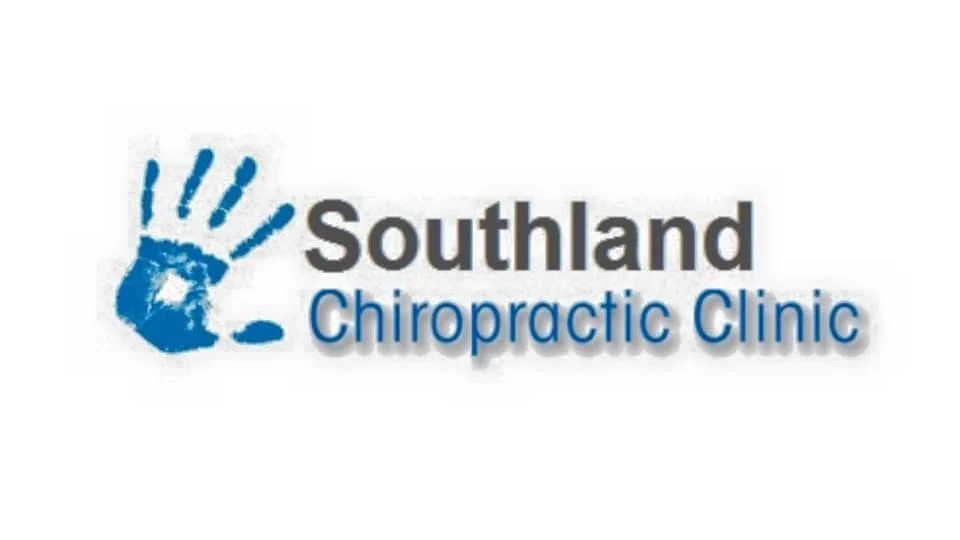Soft-Tissue Injuries: Better, Faster Healing
Beyond “hands only”
Interest in instruments to extend the “reach” of chiropractors, massage therapists, and others got a boost in the ’80s when David Graston suffered a debilitating sports injury. Graston’s disappointment with the rehabilitation methods of the day caused him to create several stainless steel instruments with various shapes and angled surfaces. These instruments were designed to augment hands-only approaches to healing.
Doctors of chiropractic have always worked their fingers into injured soft tissue to increase blood flow and break up restrictions. But fingers alone cannot detect restrictions at deeper levels, nor can they match the ability of the right instruments to treat the full range of restrictions. Today, several companies produce handheld devices used to perform what’s known as instrument-assisted soft-tissue mobilization (IASTM).
Which parts of the body can develop soft-tissue injuries?
Soft-tissue injuries, such as strains and sprains, often affect the extremities—the legs or arms. A soft-tissue injury can occur anywhere that ligaments, tendons, muscles, or myofascia are found. Ligaments connect two or more bones and help stabilize the joints. Tendons attach muscles to bones. Ligaments, tendons, and muscles provide a natural brace to protect the bony skeleton from injury. A ligament can be injured, for example, by making a movement that would take a joint outside of its normal range.
How do the injuries heal?
When the body is injured, it works to repair itself through a three-phase “healing cascade” process of inflammation, proliferation, and maturation.
In the inflammatory (“acute”) phase, the body releases chemicals that start the healing process. This process continues through the proliferative phase, during which the body migrates materials it needs to create scar tissue at the site of injury. During the maturation phase of healing, scar tissue forms in the soft-tissue injury site. In this phase, the injury becomes chronic. Scar tissue helps the body form a “patch” at the site of an open wound or internal injury. Scar tissue, however, is much less flexible than normal tissue. It restricts movement, leading to pain when, for example, an athlete with a sprained ankle tries to return to running.
Why is a second healing cascade important?
Most patients with soft-tissue injuries come to a doctor of chiropractic after injuries have become chronic(months post-injury). By that point, the body has completed most if not all of the healing tasks of the original healing cascade. A second healing cascade is needed to restart the healing process, bringing to the site, among other things, oxygen and nutrients.
How is a second healing cascade created?
Although healthy soft tissue is laid out all in the same direction and flexible, the body lays out scar tissue in a haphazard fashion. Scar tissue is fairly rigid. Pain results when movement stresses scar tissue. The doctor of chiropractic presses his instruments into damaged tissue to help release restrictions created by scar tissue and get a chemical healing cascade started. The goal is the normalization of the tissue. Normalization refers to the release of restrictions Treatment, which includes stretching out muscles, helps patients build flexibility and strength in the
area.
What is treatment like?
When doctors of chiropractic trained in IASTM use the instruments, they first spread a light gel film over the patient’s skin. Then, they press into and move the instrument around the site to locate restrictions. Treatment breaks down scar tissue and encourages the body to remodel the underlying tissue. During treatment, smaller capillaries in the area are broken. Bruising is a normal response, signifying that a healing cascade is underway.
How does treatment feel?
IASTM can cause minor discomfort. Treatments are typically short—often just three to five minutes. The level of discomfort typically is reduced with repeated treatments. Chronic soft-tissue injuries are not healed overnight, but your willingness to perform home stretches and exercises as prescribed by your doctor of chiropractic will hasten the process.
What side effects can I expect?
Redness of the skin, followed by bruising, is common. These side effects show that your practitioner has been working to get at troublesome areas and help start the healing process. You may also be asked to apply ice as part of your at-home treatment. Doctors of chiropractic are trained to effectively address your musculoskeletal complaints. If you have further questions about soft-tissue injuries, your doctor can help.
How do soft tissues becomeinjured?
Athletes who suffer a traumatic injury will often need soft-tissue-specific rehabilitation to get back full-range of pain-free motion. Many soft-tissue injuries, however, result from repetitive motion.
People who may suffer from such injuries include:
• Assembly-line workers
• Golfers and other athletes
• People who spend long hours at a computer without regular stretch breaks
• Mothers who hold their babies only on one hip
• Students who overfill backpacks or who hang heavy backpacks over one shoulder
• Sedentary people who allow their muscles to atrophy.
This patient information page is a public service of the Journal of the American Chiropractic Association. The information and recommendations appearing on this page are appropriate in most instances, but they are not a substitute for a diagnosis by a specialist. For specific information concerning your health condition, consult your doctor of chiropractic. This page may be reproduced noncommercially by doctors of chiropractic and other healthcare professionals to educate patients. Any other reproduction is subject to ACA approval.
